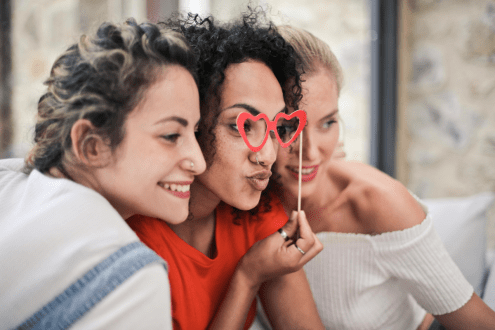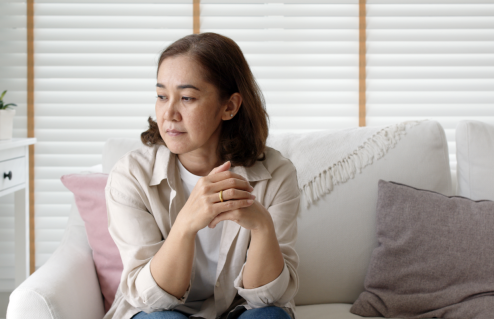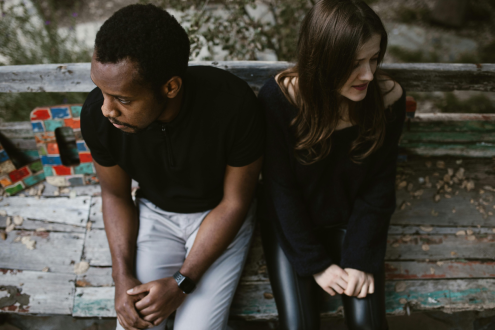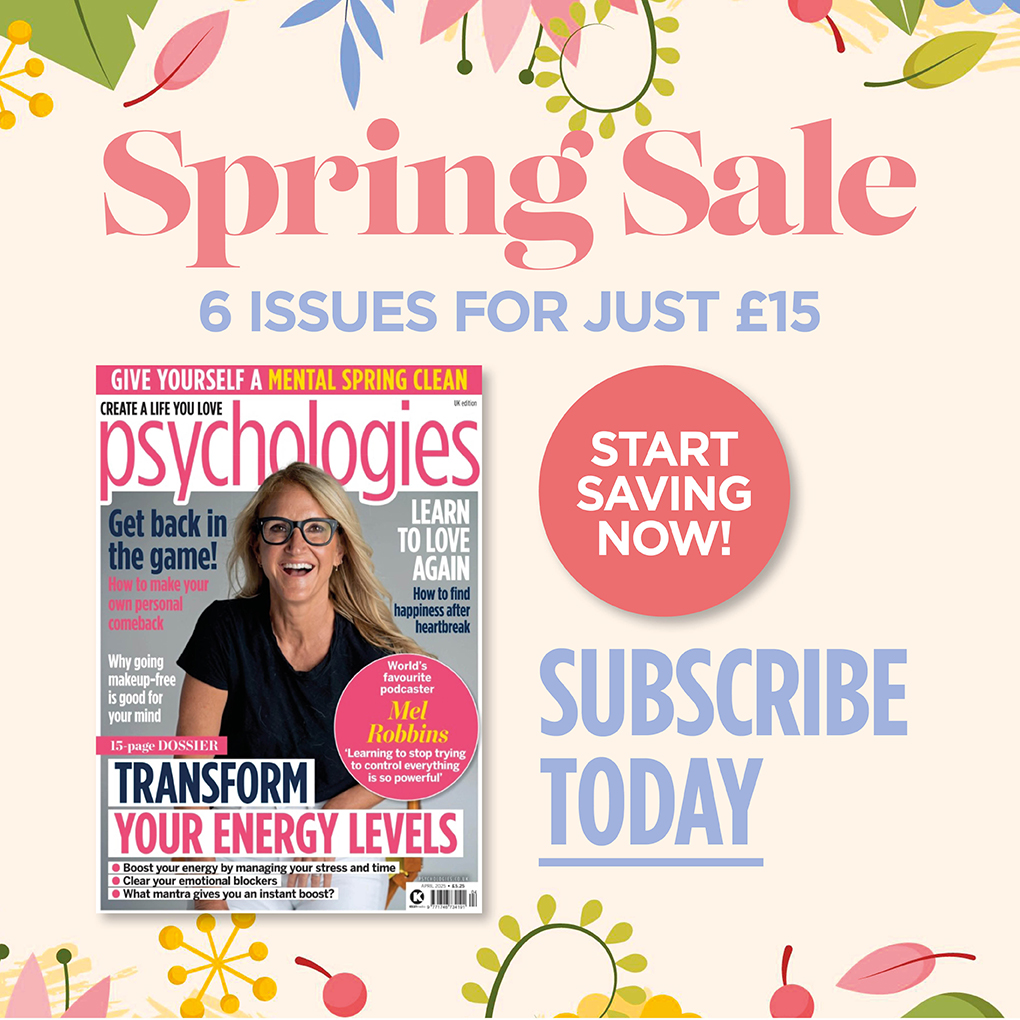How art can help to heal
Coping with injury and illness when it affects physical movement and communication, is a vast challenge. But creative activities, such as drawing and painting can help tremendously, says writer Cara Lavocah, from The National Brain Appeal
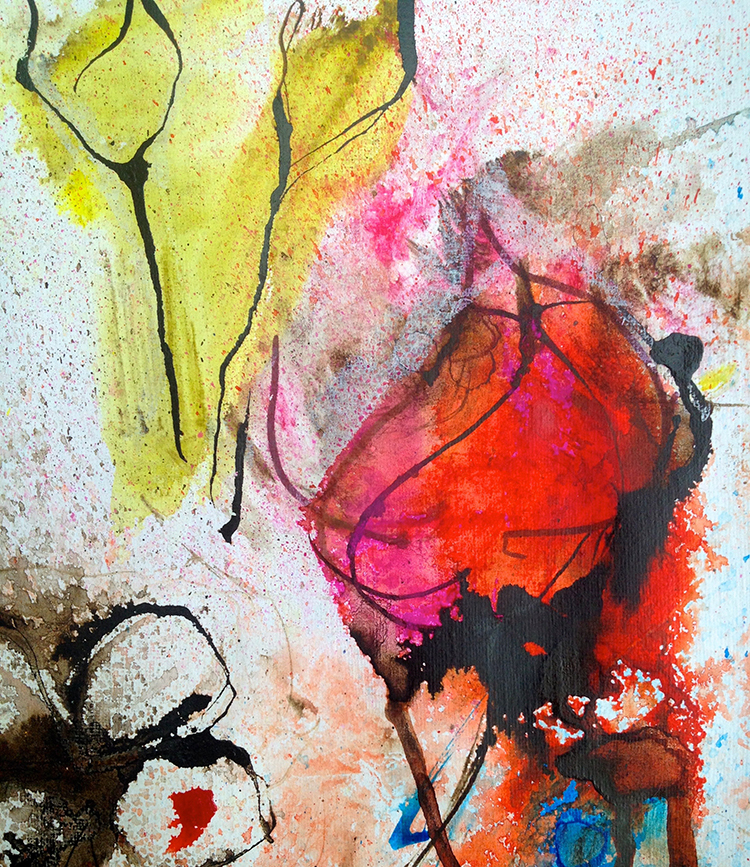
With a million cells and a trillion connections, your brain is the most incredible supercomputer ever created. Unfortunately, when things go wrong, it often wreaks havoc. These ‘brain fails’, such as a stroke, tumour, haemorrhage or Parkinson’s can affect movement and communication – and for those affected, getting used to this ‘new normal’ is one of the hardest things to come to term with.
And that’s where art has been proven to help in this recovery process. Art does heal, say scientists who have found that appreciating creative works can boost the immune system*. Other studies have found that the act of creating art is especially beneficial for those with a neuro condition because it helps to rebuild physical coordination, retrains the mind to focus and aids with visuospatial processing.†
But more than that, getting creative is great for those who are struggling with language and communication – it’s a way to express yourself without the brain battle of trying to get the words out. Here, two patients from The National Hospital for Neurology and Neurosurgery in London, explain how they feel their recovery was boosted by the simple – and healing − act of painting.
“I began sketching after my op” Olly Fathers, 29, from London
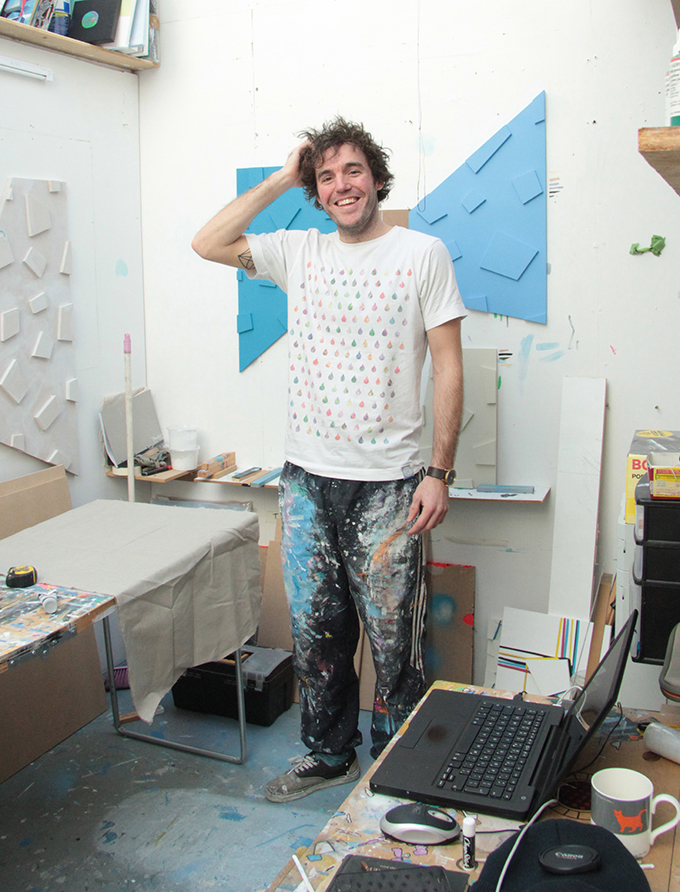
“My life completely changed when my doctor told me he’d discovered a benign brain tumour. Of course, I was surprised, upset and shocked when I heard the diagnosis, but I knew it wasn’t aggressive – and in a strange way, after the initial shock wore off, it was almost a relief to find what had been causing my feelings of disorientation. I needed an operation to remove the tumour, and thankfully it was a complete success. I spent five or six days recovering in the ward afterwards and that’s when I started to pick up my pencil and sketch again. It was a nice way to keep myself occupied. I’ve always been a keen artist and would love to make a living from it.
Before my diagnosis, I worked for an art handling and installation company – but I didn’t have much time to actually get creative myself. Once I got back home, I had further weeks to recover, and it led to me being able to create more pieces than I had in a long time. Painting and creating definitely helped me recover. I’m at my most happy when I’m in the thick of making things. It gave me something to keep me occupied and the whole experience put life into perspective.
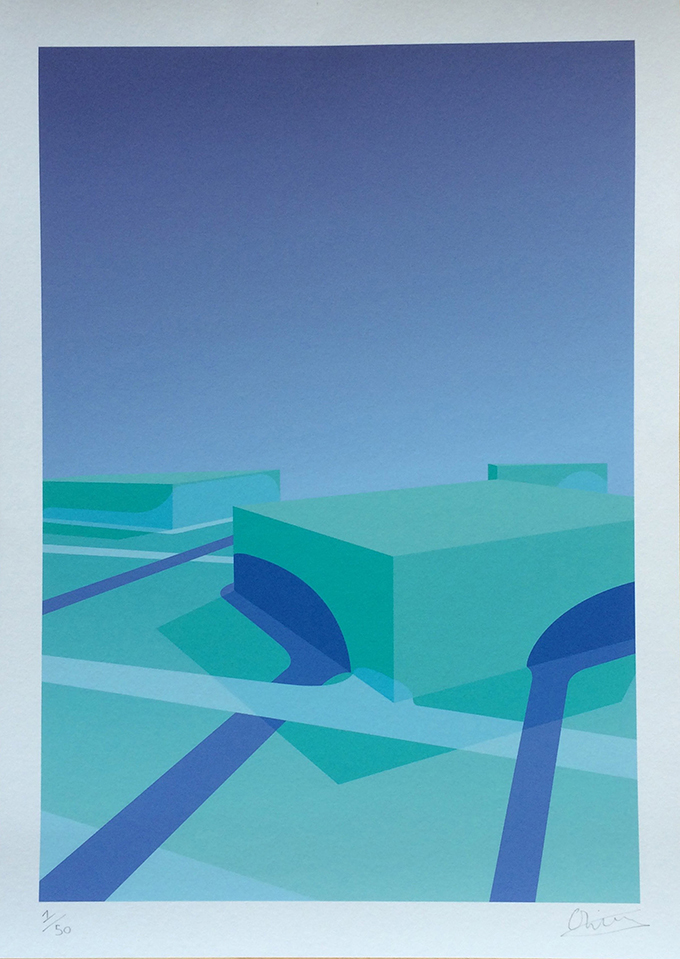
It made me realise more than ever that persuing something I’m passionate about – my art – it is one of the most important things in my life. If it wasn’t for my brain tumour I may not have been so active in quitting my job and going freelance to get more time to try to make it as an artist.”
“Painting cheered my brain up” Carolyn Nicholls, 63, from East Sussex
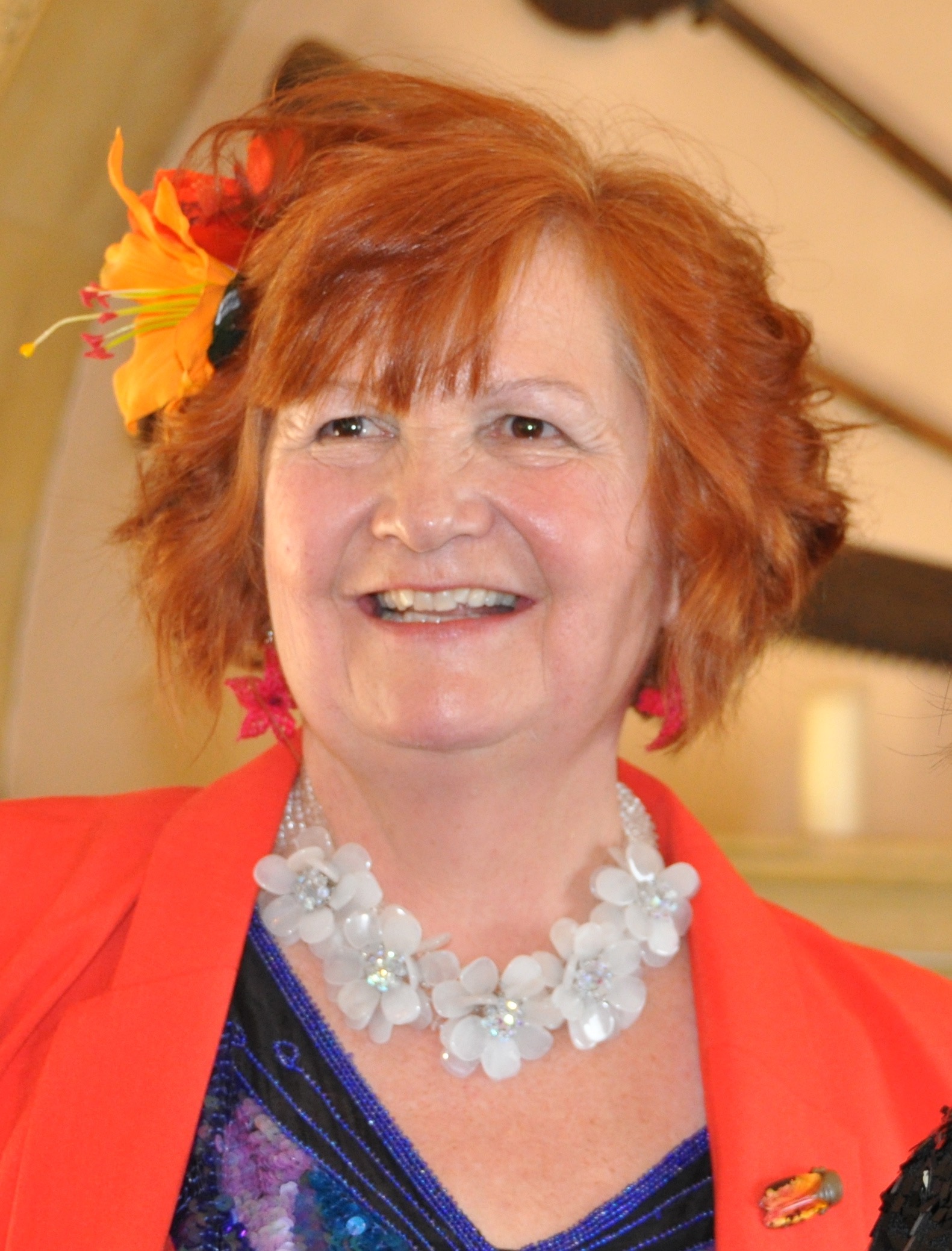
“Seven years previously, I’d had a brain haemorrhage. Ten days of stonking headaches was followed by a sudden inability to read. The book I was trying to write turned into a foreign language right before my eyes. I was hospitalised, but scans and a cerebral angiogram revealed nothing. I was told to go home and forget about it. It took six months to read fluently again. Four years later, I bled again, and again two years after that. My story is typical of an active cavernoma; strange knots of blood vessel in your brain that can bleed and cause mayhem.
I needed an operation and it wasn’t straightforward, which made me nervous − my cavernoma sat on my speech centre close to a big vein. When I came round after the op, the anaesthetist was smiling at me. ‘Oh, hello!’ I said, and I knew everything would be all right. However, it wasn’t a smooth path. I could read, but only one word at a time, I couldn’t sequence them and extract the sense. I’d recently completed an MA in creative writing and was sending my novel to agents. But I kept losing my own plot! My spelling was appalling, I couldn’t tell ‘b’ from ‘p’ and I found it difficult to concentrate.
I knew my brain was bruised and needed rest, so I turned to painting. I painted in my garden, even in the rain, letting the drops blur my work. I explored new mediums, pastels, acrylic inks, and wax. The colours I chose were a big part of the process, and I think they helped with the healing. I painted in silence, enjoying the swish of my brush in the water.

I painted for pure enjoyment and didn’t try and make anything beautiful − I just painted. My recovery was hard work, I was utterly exhausted a lot of the time. But it’s now almost a year since my surgery and I continue to paint, and I have noticed my memory improving. I think it’s because I spend time letting my brain relax in this particular way. Painting is my lifeline − it cheered my brain up.”
Carolyn has written a fundraising e-book My Healing Journey at www.blurb.co.uk/ebooks/540791-my-healing-journey
Both Olly and Carolyn are taking part in a charity fundraising art exhibition, A Letter In Mind. It’s organised by The National Brain Appeal − which raises money for The National Hospital for Neurology and Neurosurgery (nationalbrainappeal.org).
The charity is looking for anyone creative who would like to get involved in this year’s show at gallery@oxo, Oxo Tower Wharf. You simply need to create an original artwork on envelope, using the theme ‘A View on Nature’ as a starting point. All pieces are anonymous and are on sale for £85 each from 6 October 2016. The name of the artist is revealed once it is sold. To register to take part, click here
*Research from UC Berkeley †Kim, Kim, Lee, & Chun, 2008; Wald 1999
